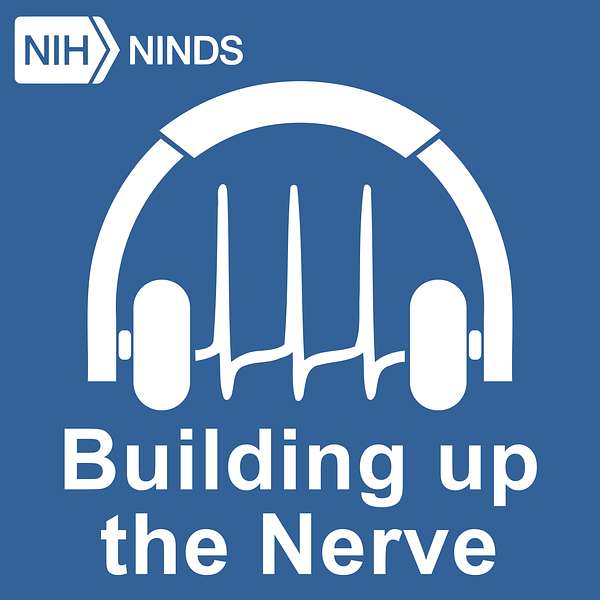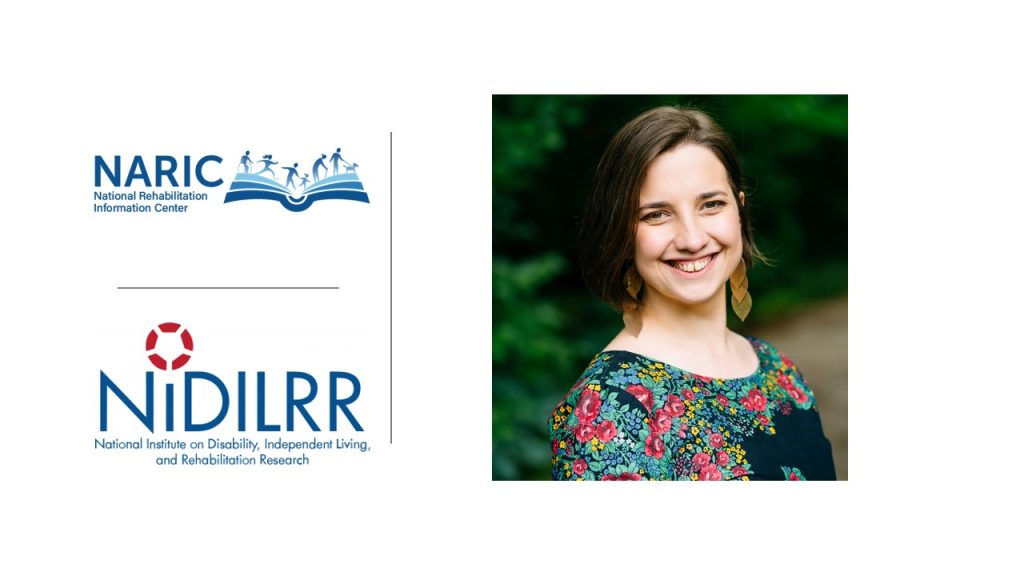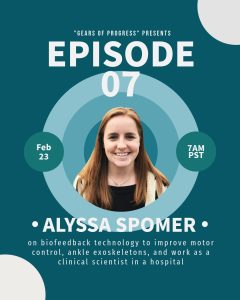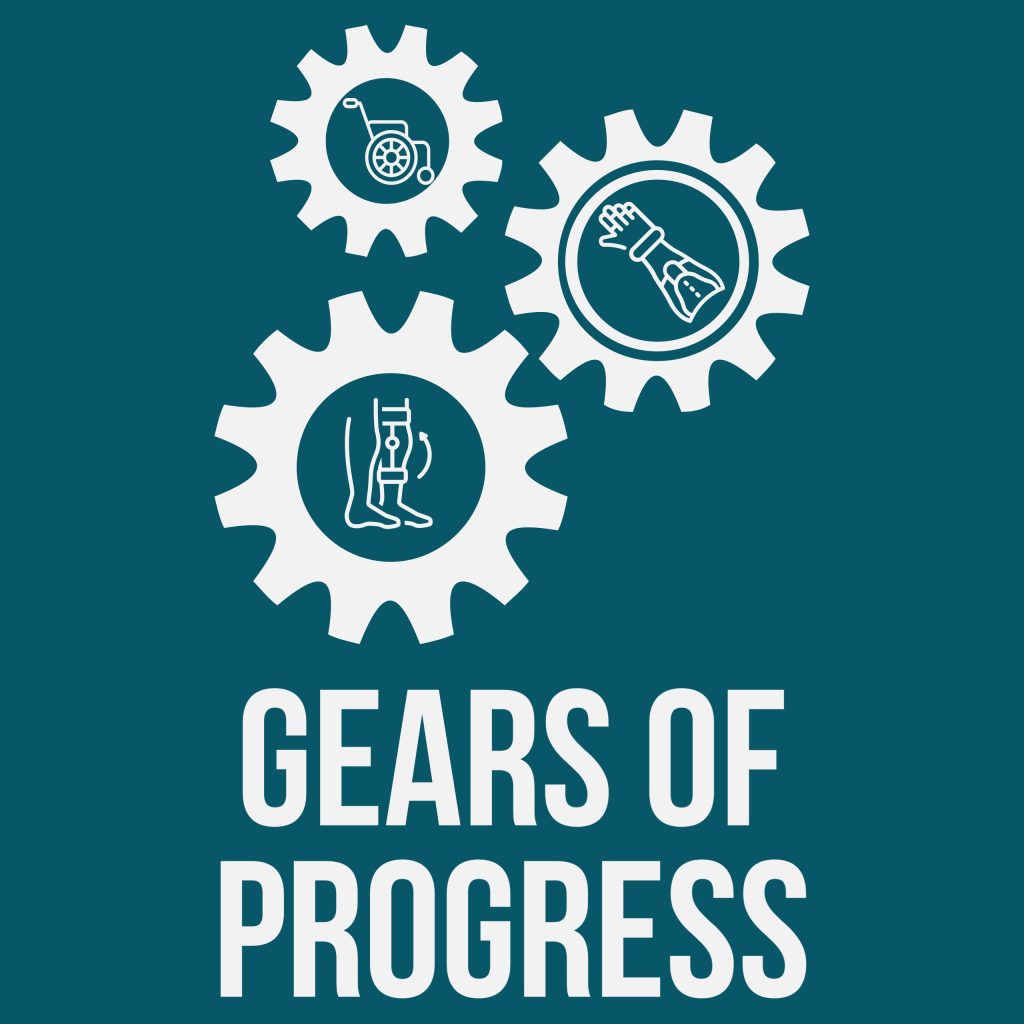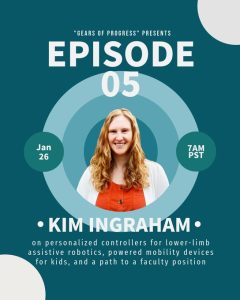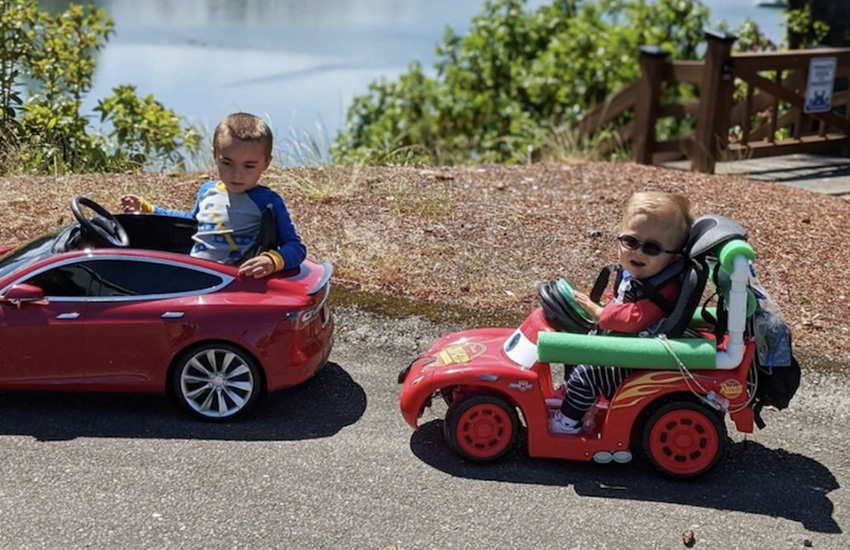Dr. Kat Steele was featured on Season 5 Episode 5 of Building Up the Nerve, a podcast from National Institute of Neurological Disorders and Stroke (NINDS) which aims to help you strengthen your science communication skills with tools and advice to use throughout your career.
In the fifth episode of the season, Dr. Steele and other professionals talk about Securing Funding for Research focusing on choosing what funding to apply for, “pitching” your science to different funders, and writing effective grant applications.
Listen to the podcast on Spotify!

